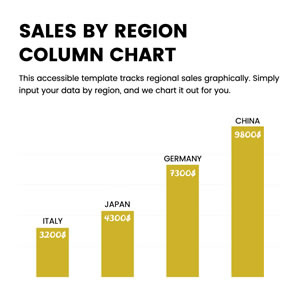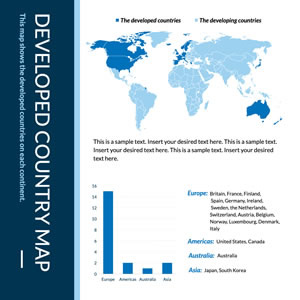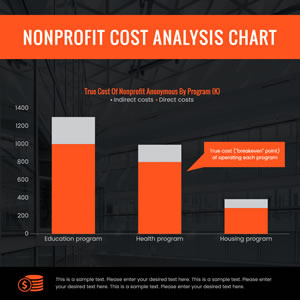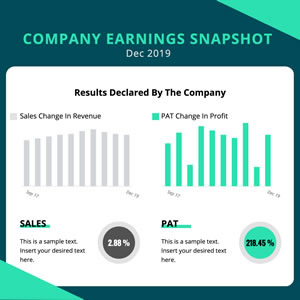...
Categories
Chart
Bar
Pie
Table
Sitemap
Swot Analysis
Area
Flowchart
Line
Map
Column
Organizational
Venn Diagram
Card
Wedding
Baby
Easter
Anniversary
Graduation
Greeting
Congratulations
Thank You
Valentines Day
Birthday
Halloween
Mothers Day
Thanksgiving
Fathers Day
Invitation
Business
New Year
Christmas
Halloween
Fathers Day
Baby Shower
Christening
Mothers Day
Thanksgiving
Engagement
Graduation
Party
Easter
Anniversary
Poster
Birthday
Music
Travel
Movie
Animal & Pet
Party
Motivational
Environmental Protection
Industrial
Fashion & Beauty
Kids
Non-profit
Exhibition
Law & Politics
Art & Entertainment
Sale
Holiday & Event
Business
Coronavirus
Sports & Fitness
Search: {{local.search_error_key}}
Search: {{local.search_subcategory}} in {{local.search_category}}
Sorry, no matches found. Please try again with different words or browse through our most popular templates.

Preview
Customize
Employee Information Table

Preview
Customize
Sales by Region Column Chart

Preview
Customize
Company Earning Column Chart

Preview
Customize
Company Cost Column Chart

Preview
Customize
Developed Country Map

Preview
Customize
Favorite Type of Movie Column Chart

Preview
Customize
Survey Results Column Chart

Preview
Customize
Customer Satisfaction Bar Chart

Preview
Customize
Favorite after School Activity Bar Chart

Preview
Customize
Agriculture Exports Column Chart

Preview
Customize
Web Traffic Column Chart

Preview
Customize
Corporate Earning Column Chart

Preview
Customize
Monthly Snowfall Column Chart

Preview
Customize
Nonprofit Cost Column Chart

Preview
Customize
Sales Revenue and Target Column Chart

Preview
Customize
Regional Sales Revenue Column Chart

Preview
Customize
Hours of Television Watched Bar Chart

Preview
Customize
Company Earning Snapshot Column Chart

Preview
Customize
Financial Highlights Column Chart

Preview
Customize
Vehicle Sales Column Chart

Preview
Customize
Regional Sales Column Chart

Preview
Customize
Cost to Company Column Chart

Preview
Customize
Travel Expenses Column Chart

Preview
Customize
Annual Population Growth Column Chart

Preview
Customize
Home Activity Column Chart

Preview
Customize
Federal Revenue Column Chart
Cancel
Customize
